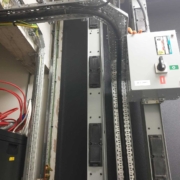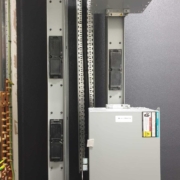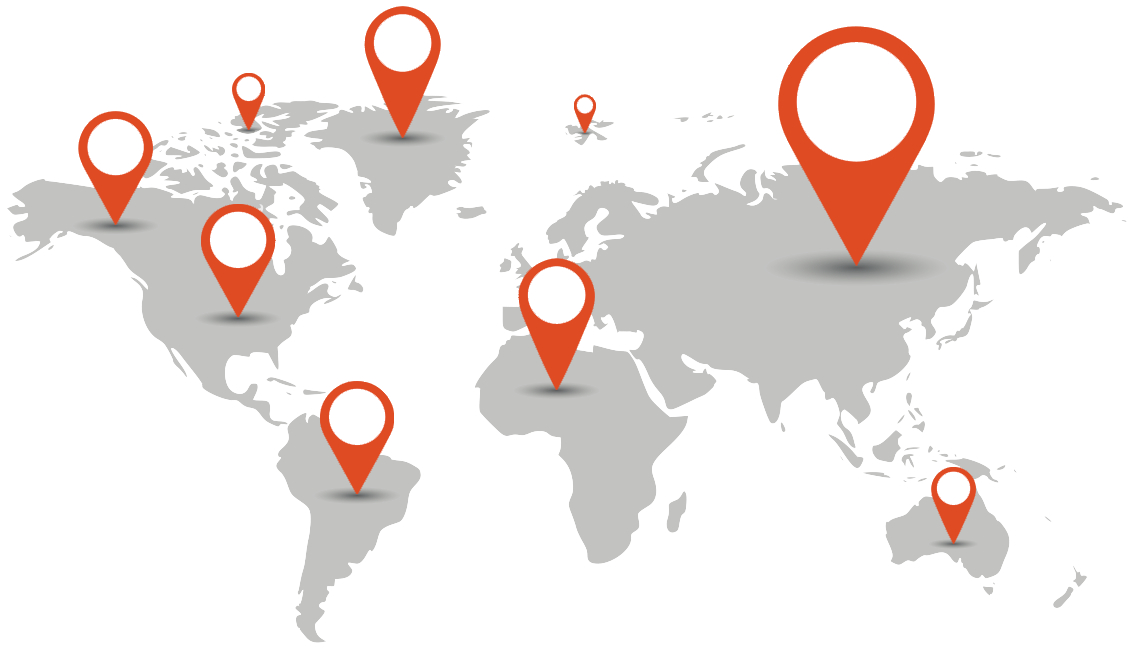Threat levels continue to rise
Unfortunately, (terrorist) attacks are becoming more and more frequent. This makes protecting ourselves against this threat as well as possible increasingly important. For example, in more and more places where large crowds gather, concrete blocks are being placed to prevent (terrorist) attacks with vehicles.
Buildings too are increasingly constructed in such a way that damage, in the event of an attack, is limited as much as possible. An increasingly popular solution for this is the application of a polyurea system on “critical external walls”. By applying this viscoelastic layer, the spreading of debris within a space is reduced to a minimum. Flying debris often causes as much or perhaps even more damage than the attack itself.
How does it work?
In the event of a (terrorist) attack from the outside, an external wall will move inwards, resulting in flying debris and collapsing walls. When the external is fitted with a Rocathan PA system on the inside, this viscoelastic membrane ensures that the energy of the attack is absorbed. The elastic membrane will move inwards with it, but remains intact, thereby ensuring that no or hardly any debris can fly in with force. This means the impact inside the room is much less, thus keeping casualties to a minimum. This of course also depends on the structural strength as a whole and the severity of the attack.
Where has it been applied?
- The Pentagon in America
- Various bank buildings
- Army vehicles





